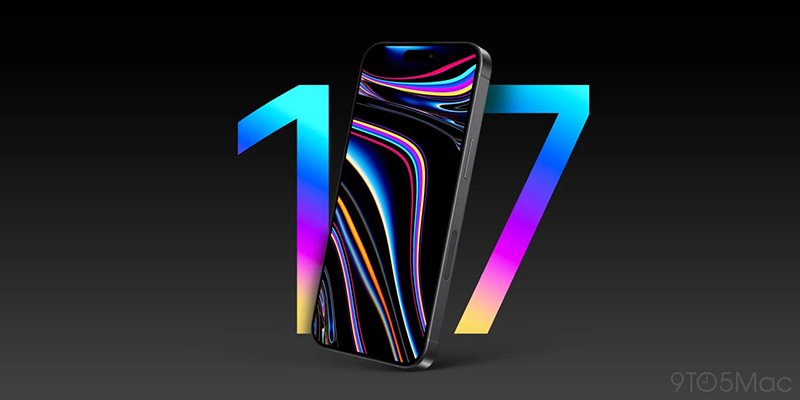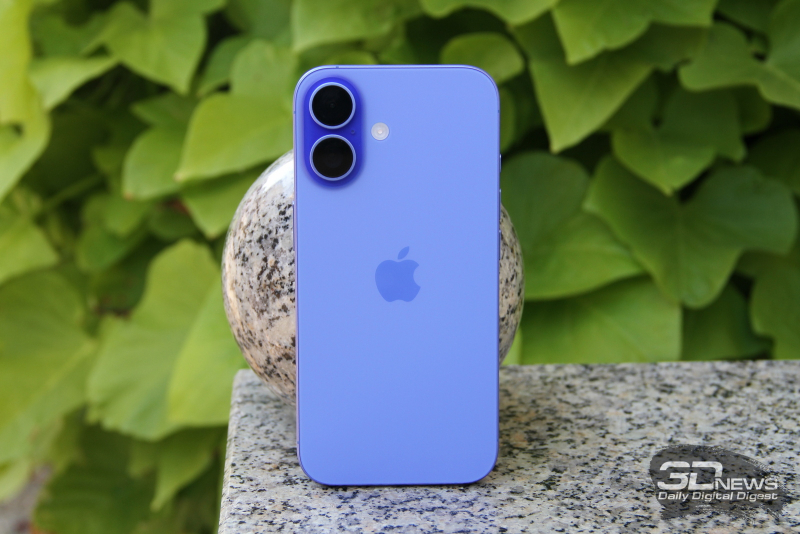Next year, Apple will release an ultra-thin smartphone, the iPhone 17 Slim (according to other sources, Air), rumors about the preparation of which have been circulating for several months. The Information publication shared a fresh piece of information about the upcoming new product, which, according to informed sources, is still at the prototype stage, but has already changed its status from proto-1 to proto-2 during early production testing at Foxconn. The publication also talked about other smartphones in the iPhone 17 series.

Image Source: 9to5mac.com
The key feature of the iPhone 17 Slim should be its minimal thickness. Prototypes are reported to be between 5 and 6 mm. Apple’s thinnest smartphone of all time, the iPhone 6, is 6.9 mm thick, while the iPhone 6 Plus was 7.1 mm thick. The thinnest Apple devices overall were the iPad Pro introduced earlier this year – the thickness of the 11-inch tablet is only 5.4 mm, and the 13-inch version is only 5.1 mm.
According to sources, in an effort to make the smartphone as thin as possible, Apple engineers faced a number of challenges. In particular, difficulties arose with placing the battery and thermal insulation materials in the device body. Due to the ultra-thin design, we had to agree to install one speaker instead of two in the current iPhone models. The iPhone 17 Slim will also have a single camera on the back, placed on a “large central bump.”
But these are not all compromises. According to the publication, the iPhone 17 Slim will be “one of the first iPhones” to use Apple’s built-in 5G modem, which does not support millimeter wave frequencies (mmWave). It is also reported that at the moment, the Apple modem still cannot compare with the Qualcomm solutions that Apple uses now in terms of data transfer speed, but at the same time it is more energy efficient.
And finally, according to The Information, Apple engineers have not yet found a way to install a physical SIM card tray in the iPhone 17 Slim. In the US, iPhones have gone without physical cards for two generations, relying only on eSIM, but in some countries this is not possible. For example, the SIM tray is still relevant for smartphones sold in China. “China uses a real name phone number registration system for all mobile users, and therefore carriers generally do not support eSIM, with the exception of Apple Watch and iPad,” said Edison Lee, director of China technology and telecommunications research. and software at Jefferies. At the same time, Apple is unlikely to give up such a large market – it will have to come up with something.

The Information also reported that the iPhone 17 series of smartphones will receive significant design changes compared to its predecessors, especially in the case of the iPhone 17 Pro and Pro Max models. For example, all models of the new family will have aluminum frames – now regular iPhones use stainless steel, and the iPhone Pro uses titanium. And the latter is especially emphasized and promoted by Apple, so it will be interesting to see how Apple explains the transition to less high-grade aluminum.
In addition, the back panel of the iPhone 17 Pro and Pro Max models will be made of aluminum and glass. The top will have a larger rectangular camera bump made of aluminum rather than traditional 3D glass, and the bottom half of the panel will be glass to support wireless charging.